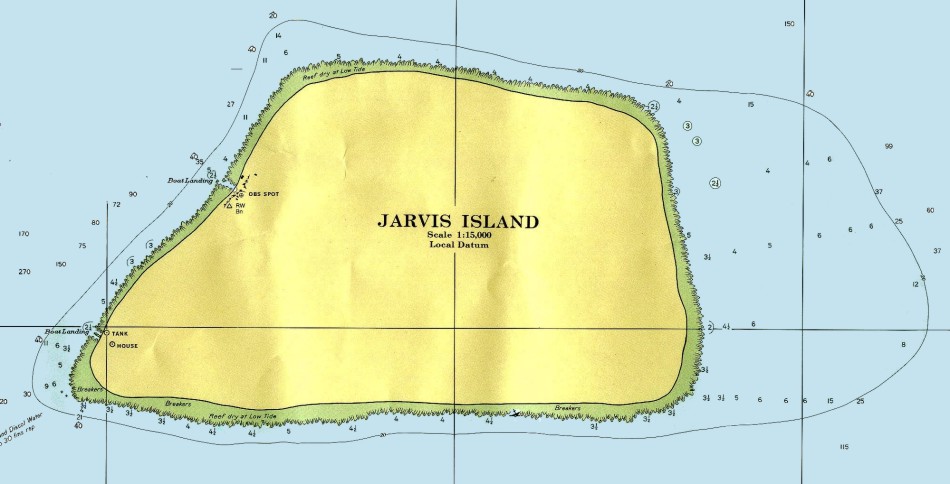


The Pacific Remote Islands Marine National Monument is among the largest marine protected areas in the world, but remains poorly explored due in part to its spatial isolation. NOAA FIsheries Diving Deeper into Data Collection for Pacific Remote Islands Compared to relatively well-studied areas like Hawaii, very little known about remote populations but questions the team hopes to shed light on during this expedition include: How abundant and diverse are species in these remote areas? And how do communities compare across depth? What might the presence of some cosmopolitan species reveal about the connectivity of populations and biogeography between features or provinces? Given the remoteness of these territories, and lack of previous exploration, it is expected that the chances of encountering new species is high. In past expeditions to these areas, some features have revealed high density and high diversity communities at depths up to 2500m.

Structures produced by deep-water coral colonies have been identified as important habitat for invertebrate and fish fauna. Characterizing protected seamount environments, like those in PRIMNM, will allow for a baseline assessment of crust communities to compare to those potentially impacted in similar areas of the remote central Pacific.ĭeep sea corals and sponges are some of the most abundant large organisms observed on the deep seafloor, yet many questions remain about their distribution and diversity on seamounts, islands, and atolls in the central Pacific. Mineral-rich ferromanganese crusts have also been identified from seamounts in the north and equatorial Pacific making them potentially attractive resources for deep-sea mining. The proposed origins for these features suggest markedly different benthic habitats, which may provide unique environments for potential new species, and basalt samples of the seamounts in the region may provide additional understanding of the complex volcanic and tectonic history of the Line Islands. Numerous enigmatic, or little understood, seafloor features including depressions and seamount moats have been previously mapped along and adjacent to the Line Islands. Seamounts can be broken down into different types like flat-topped guyots (also called tablemounts) or sharp peaked cones, each having potentially different geological history or types of biological communities. These features can in turn be composed of smaller topographic features like steep slopes, ridges, or depressions. Seamounts are likely to be the most abundant features to be explored on this expedition. Revealing Enigmatic Seamounts and Deep Sea Coral Colonies Fish and Wildlife Service, Temple University, University of Rhode Island, Oregon State University, and University of Hawai’i. This Nautilus expedition is sponsored by NOAA Office of Exploration and Research, with participating organizations including U.S. Following on the heels of a 3-year NOAA Campaign to Address Pacific monument Science Technology, and Ocean NEeds ( CAPSTONE, 2015-2017), a major multi-year effort to collect baseline information on unknown or poorly explored deep waters around remote Pacific territories, this expedition will expand upon biological and geological efforts to characterize deep-water features.

Shallow-water environments in PRIMNM contain biodiverse communities of fishes and coral species, and terrestrial environments are important habitats for seabirds colonies. Established in 2009, and later expanded in 2014, PRIMNM encompasses 7 islands and atolls as well as numerous seamounts, guyots, and ridges hidden beneath the sea surface. Collectively, these areas lie within one of the largest marine protected areas in the world, the Pacific Remote Islands Marine National Monument (PRIMNM). As Nautilus travels into the central Pacific Ocean for the first time, the first expedition in this region from June 23 to Jwill target seamounts, hills, and ridges deep waters deeper than 150m around within the US Exclusive Economic Zone (EEZ) in the vicinity of Kingman Reef, Palmyra Atoll, and Jarvis Island. The waters of the remote Pacific territories are among the least explored U.S.


 0 kommentar(er)
0 kommentar(er)
